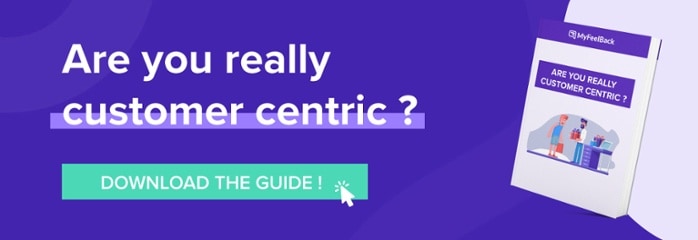Building a quality customer survey will help you obtain better response rates and therefore get to know your customers better. Here are 7 tips that you may never have thought of to create an effective survey. How to Create an Effective Customer Survey We’ve explored this question several times on this blog. Particularly in our...
Building a quality customer survey will help you obtain better response rates and therefore get to know your customers better. Here are 7 tips that you may never have thought of to create an effective survey.
How to Create an Effective Customer Survey
We’ve explored this question several times on this blog. Particularly in our article with tips for creating a successful online survey. You may remember that we recommended defining your survey goals beforehand, personalising your surveys, and asking short and simple questions.
Now here are seven new tips to make your customer surveys more effective than ever.
Tip 1: Remember to Introduce your Surveys
Remember to write an introductory sentence or paragraph at the beginning of your survey.
The aim is to make your customers want to take part:
- By involving them in the survey: show them that their opinion really counts.
- By explaining why you created this survey, what your aim is. Your customers want to know why they are taking part in the survey and what their answers will be used for.
- By thanking them for taking part. Remember that today’s respondents are tomorrow’s respondents.
You can also mention how long the survey will take to complete. Your customers will appreciate your honesty.
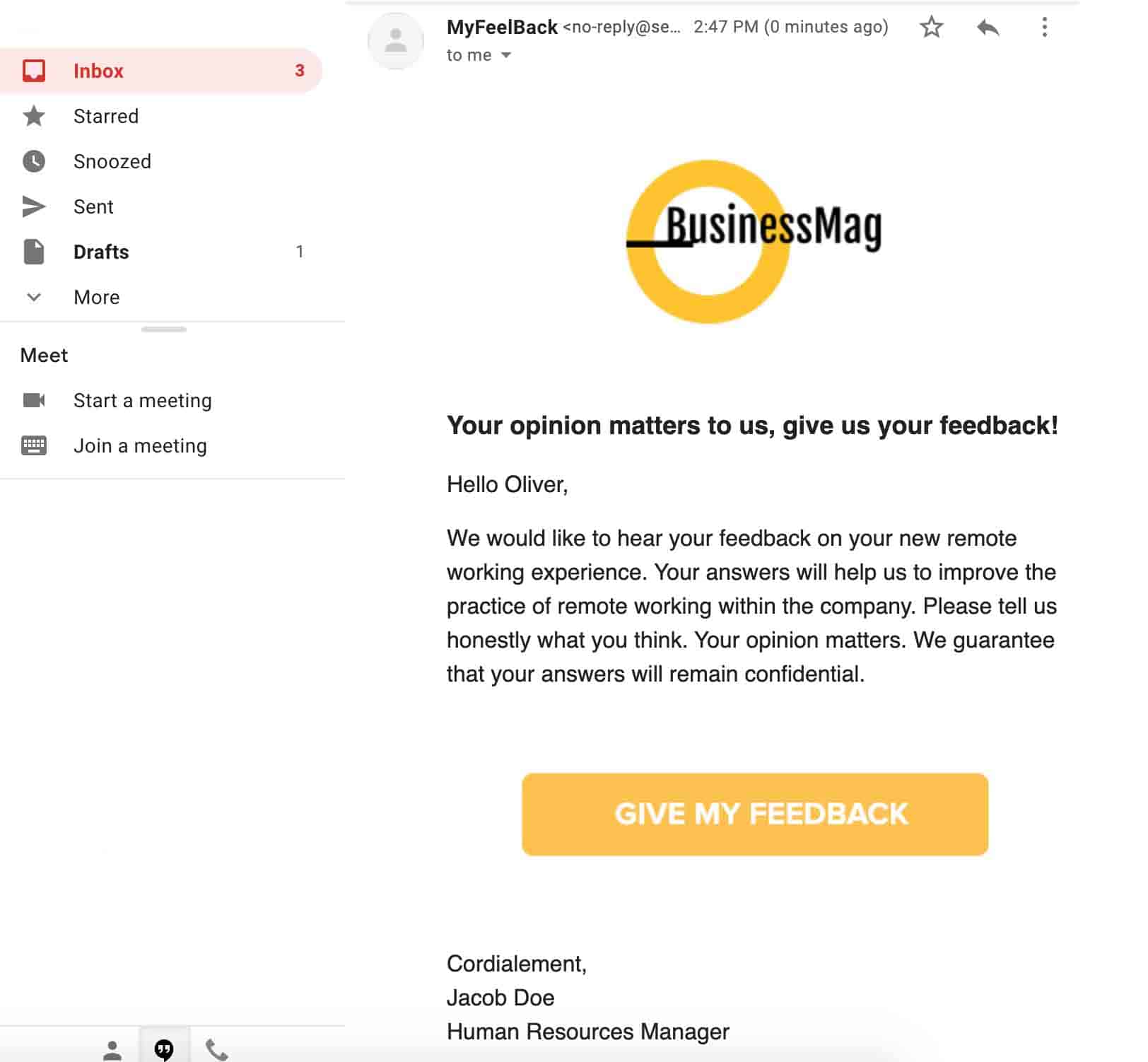
Tip 2: Don’t Ask “Useless” Questions
A “useless question” can be a question that doesn’t provide qualified answers, or a question that simply rephrases one you’ve already asked.
The Disadvantages of Useless Questions:
- Firstly, they are of no use to you (by definition!): you won’t learn anything more about your customers from the answers to these questions. So, why ask them? Don’t forget that you’re asking your customers questions to get to know them better, not just for fun.
- Secondly, they make your survey unnecessarily long, which can have a negative impact on your response rate. Generally speaking, the longer the survey, the lower the response rate.
- Thirdly, useless questions may irritate your customers.
- Finally, they tend to slow the survey’s momentum down.
Don’t forget that a survey should produce answers that lead to actions. Always bear this in mind. By very definition, you cannot use a useless question.
Tip 3: Make your Surveys Dynamic
It is important to captivate the customers who take the time to complete your survey, to ensure that they are concentrated and motivated from beginning to end. Your survey should be upbeat, dynamic, coherent, and logic. To build a dynamic survey, we recommend using a funnel or hourglass structure, for example. This is easy to implement and often very effective.
A Funnel Structure
Start by asking generic questions before gradually moving towards more specific, technical, circumstantial, or personal questions.
An Hourglass Structure
Start with generic questions, then move on to specific questions, before coming back to generic questions at the end.
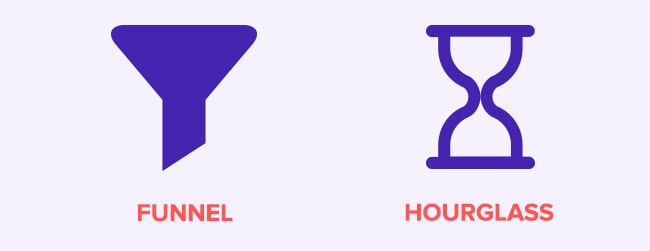
Tip 4: Adapt your Question Style to your Target
We’ve broached this subject briefly in previous articles. The style of your questions should be adapted to your target. You wouldn’t address young people in the same way as you would seniors. You wouldn’t use the same words, turn of phrase, or tone.
Hence the importance, once more, of defining your survey target beforehand. Always bear in mind who you are talking to when you write your survey. Be customer-centric!
Tip 5: Use Scale Answers
As we mentioned earlier, a survey should provide you with new qualified data about your customers and/or leads. However, the definition of answer choices has an impact on the quality of the answers themselves.
In other words, binary answers, such as “Yes/No”, “True/False” or “Agree/Disagree” tend to provide less interesting and less useful information than scale answers.
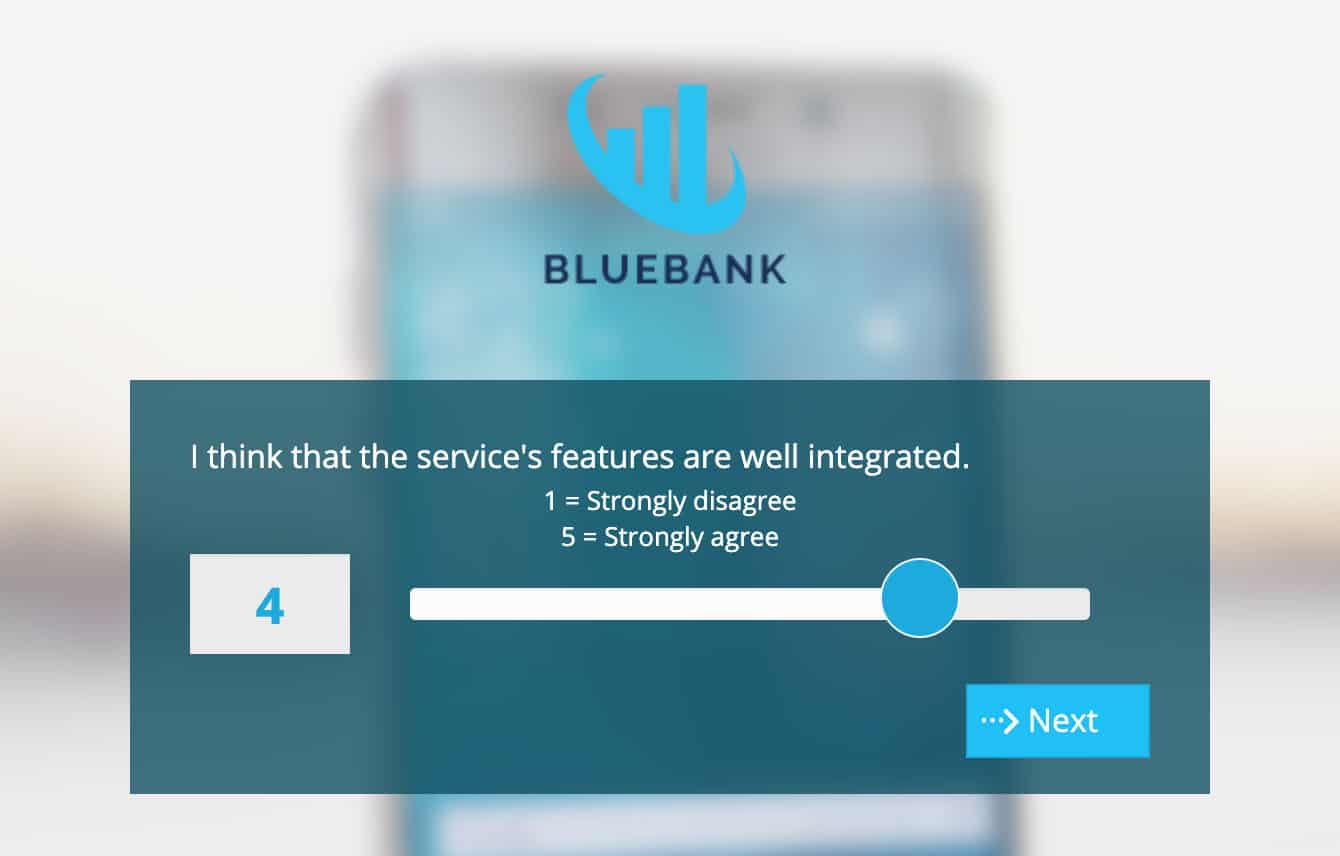
The more precise your answer choices, the richer and easier-to-use the information will be.
We therefore recommend avoiding binary answer choices whenever possible. More generally, take the time to think about your answer choices, and not just your questions. A survey is made up of questions, but also answers!
Tip 6: Ask Open-ended Questions to Expand on Closed Ones
Should you include open questions in your surveys? A lot of survey writers are unsure about this. Open questions require more analysis because they are qualitative. But open questions sometimes enable you to acquire information that would be difficult to obtain otherwise.
Here is one of the ways to effectively use open questions in your customer surveys: associate open-ended questions (qualitative) with closed ones (quantitative).
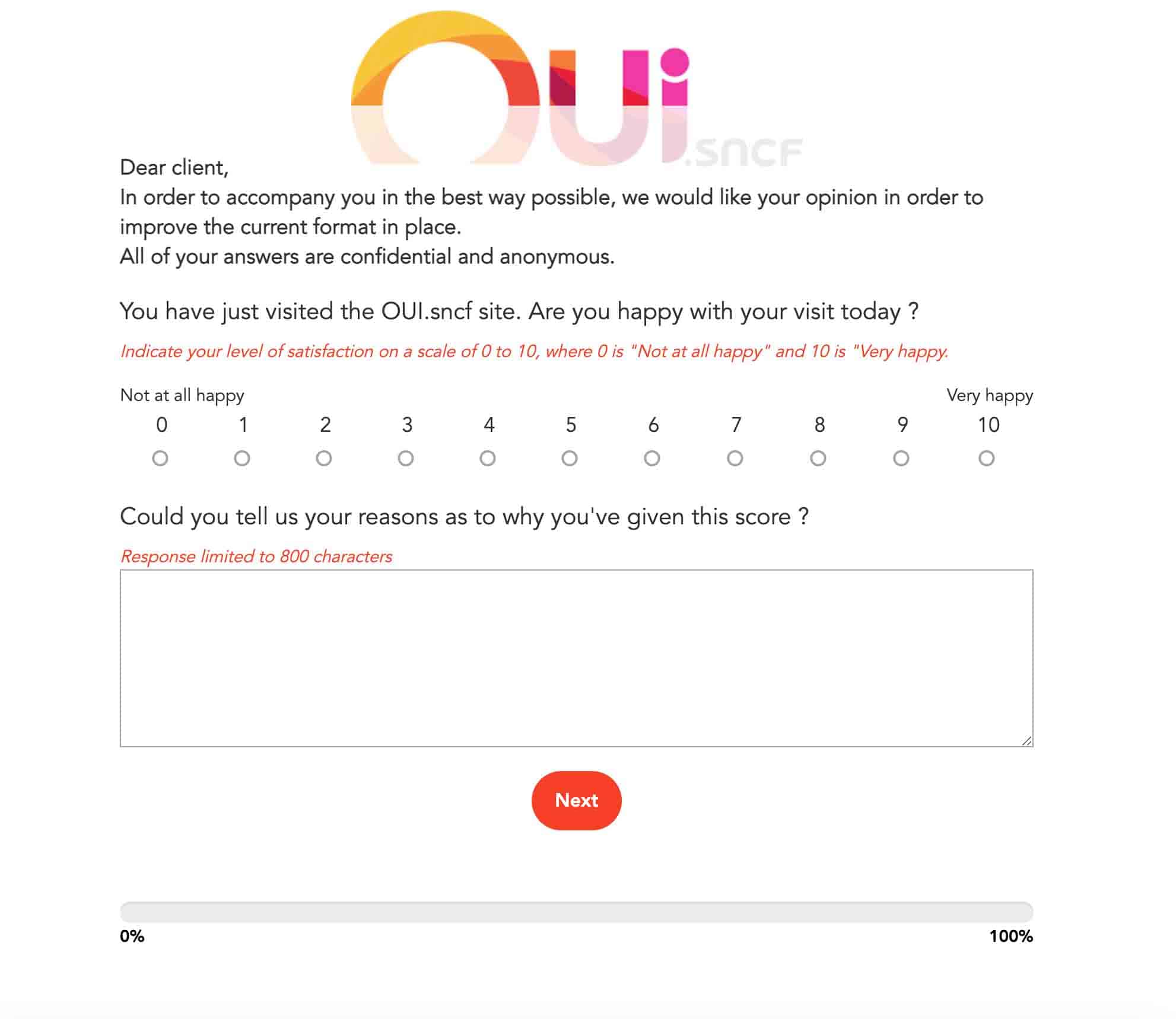
Following or preceding a closed question with an open-ended will enhance the quality of your answers.
For example, start by asking your customers if they are satisfied with the products you sell. Then, ask an open-ended question asking them which adjective they think best describes your products. Or start with an open question, such as: “What do you think about [Company name]’s customer service?”. Then in the next question, ask your customers to rate the quality of your customer service on a scale of 1 to 5 (for example).
The results from both questions (open-ended and closed) will allow you to cross-check and therefore strengthen the quality of your answers.
More generally, associating an open-ended question with a closed one, can help link the open question to the rest of the survey, ensuring that it:
- Doesn’t come out of nowhere and ties into the rest of the survey.
- Isn’t too general. Finishing a survey with “Any comments?” isn’t always the best idea! There is a strong possibility that your respondents simply won’t reply.
Tip 7: Use Various Question Formats
We mentioned earlier that an effective survey should be dynamic. There should be a logical thread running through your survey, that captivates your respondents’ interest from beginning to end (like a novel, or a film). Your survey should have a storyline.
This brings us to our final tip: try, insofar as possible, to vary the format of your questions, so that your respondents don’t get bored. Keep them on their toes! For example, avoid starting all your questions with “Do you…?” or “In your opinion…?”. Your survey should be varied, with “how”, “why”, “when”, “where” and “what” questions.
Use everything the English language has to offer to phrase your questions differently and approach them from various angles.
This will enable you to obtain more thought-out answers. It is really important to ensure that you don’t turn your respondent into a robot, answering mechanically.












